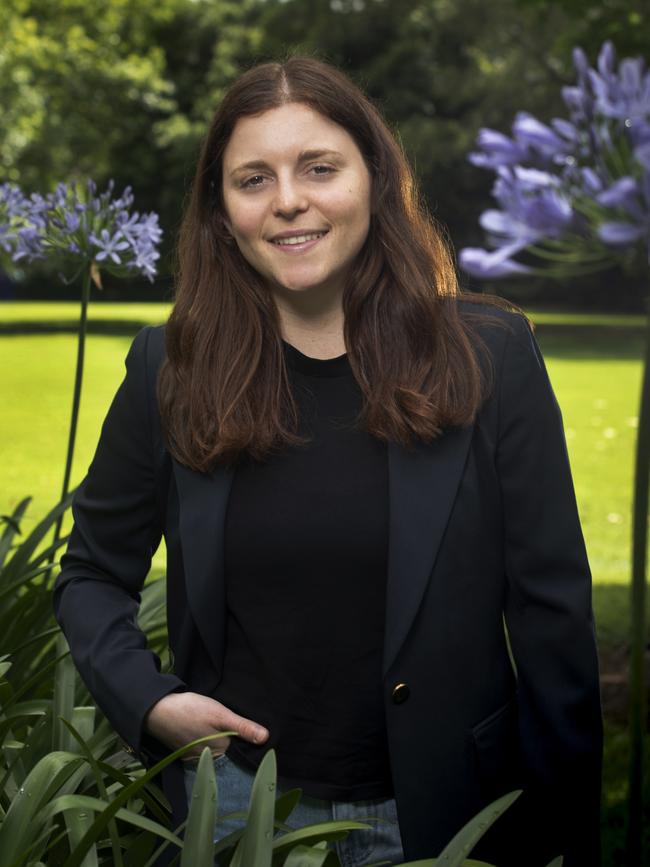Why these savings habits are stronger in women than men
Females are flexing their financial muscles more than ever, and a new analysis provides hints to help explain their success.

An investment company is urging people to “save like a girl” if they want a better financial future.
Fixed interest investment platform Blossom has analysed the habits of 8000 users and discovered women are more likely to display “strong savings behaviours”.
Women make more frequent deposits, are more likely to turn on roundups – which boosts savings further – and are more likely to set up recurring payments, it found.
However, men still have average account balances two-thirds larger than women, $9100 versus $4400, while separate figures from the Australian Taxation Office show that women’s superannuation balances still fall behind men – even at younger ages.
The average super balance for a 30-to-34 year old male is $56,300, according to the ATO, while for a female it is $46,300.
Money experts say women still battle gender pay gaps and time out of work when it comes to building wealth at the same pace as men, but agree that women have become much more financially savvy in the past decade.


Blossom co-founder Gaby Rosenberg said research had found women were more risk-averse about financial matters, which meant they prioritised savings and financial security “rather than chasing the upside”.
“We are less likely to take risks, which can lead to better savings behaviours,” she said.
“We also can see that women withdraw less.”
Ms Rosenberg said the bigger savings balances held by men reflected the gender pay gap and a confidence factor.
“Men are more willing to go into something harder and faster, leading to larger account balances,” she said.
“It seems from our data that women take a more cautious approach but remain consistent with pace – so hopefully it’s just a matter of playing catch-up over time.
“Saving like a girl … means making intentional, informed decisions for a more secure future. That’s something we can all aspire to.”
Author and Smart Women Society CEO Téa Angelos said the disparity in super balances reflected women being more likely to take career breaks and work part-time, as well as women’s average earnings being below men.
“The Superannuation Guarantee is based on a percentage of earnings, so lower earnings and less frequent full-time employment results in lower super contributions,” she said.
However, women overall were now more savvy about money, Ms Angelos said.
“There has been a significant rise in financial literacy platforms, programs and resources specifically targeting women,” she said.
“The rise of fintech and investment apps, including cashback platforms like Cashrewards and investment platforms like Sharesies and Superhero, has made financial management more accessible than ever.”
Ms Angelos said technology had removed barriers that had traditionally been confusing.
“Financial influencers and educators have changed the whole landscape by providing education, inspiration and community that resonate with women’s unique financial challenges,” she said.
“Influencers also inspire others that they can do it too. Seeing another woman share her story and tips makes other women believe they can take control and improve their finances … this peer support and shared knowledge boosts women’s confidence and motivation.”
Blossom’s Ms Rosenberg said “women in finance is cool now”.
“It’s a big trend,” she said.
“You’ve also got influential Australian businesswomen like Melanie Perkins from Canva – an icon of financial empowerment for women.
“We also have the rise of women in the investment space and women gaining prominence in venture capital. They promote the importance of wealth creation and encourage other women to take control.”






To join the conversation, please log in. Don't have an account? Register
Join the conversation, you are commenting as Logout